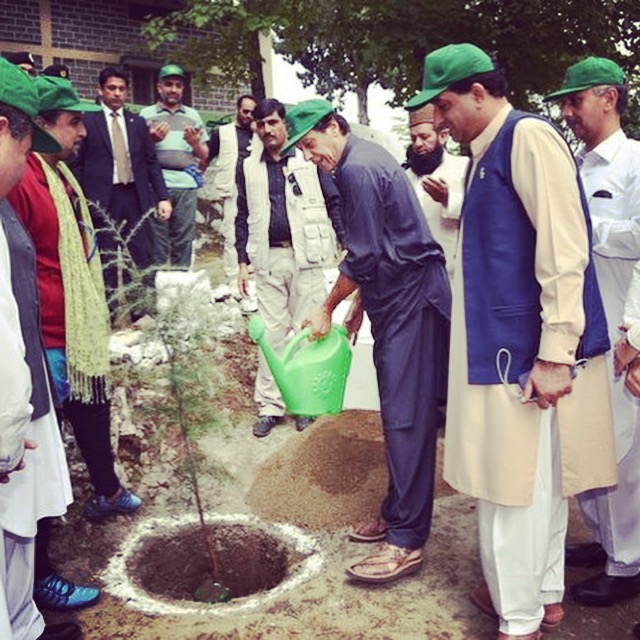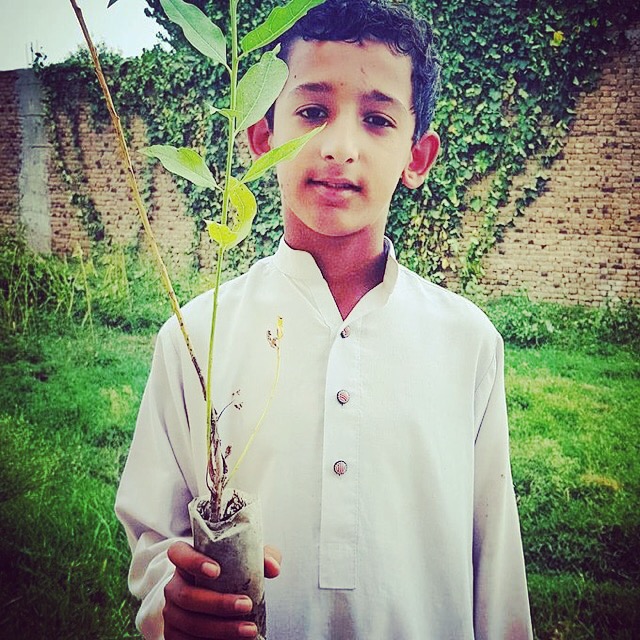Soon after coming into office, Prime Minister Imran Khan kicked off a massive reforestation drive across Pakistan, just as he promised before the July ballot. Over a million tree saplings were distributed in an effort to restore the country’s depleting forests and fight the effects of climate change. Pakistan is amongst the six countries that will be most affected by global warming and has one of the lowest forest covers in the region, much below the United Nation’s recommended 12 per cent.
Geo.tv talks to Malik Amin Aslam, the newly-appointed advisor to the prime minister on climate change, about his tree plantation drive and about what can be realistically achieved for a green future. Excerpts:
How many trees have been planted in the first phase of the tree plantation drive?
Our target, in the first phase, was to plant at least 1.5 million trees. But we ended up receiving an overwhelming response from across the country. In just one day we planted over 2.5 million saplings. There was an encouraging response from the youth to our campaign. In fact, #PlantforPakistan stayed the top trending hashtag on social media for three days. Most surprising was the positive feedback we were receiving from the erstwhile Federally Administered Tribal Areas and Gwadar. At the end of the day, we actually ran short of saplings to distribute.
What is the target for the next five years?
We aim to plant a total of 10 billion trees in five years, in keeping with the prime minister’s promise. In Khyber Pakhtunkhwa alone, till now, upward to 118 million new trees have been rooted. Imran Khan also promised to designate a Plant for Pakistan Day. Moreover, he will be holding periodic meetings to review the campaign’s progress.
What is the total budget allocated for this program?
When we started off in Khyber Pakhtunkhwa, our budget for the first phase was Rs22 billion, but we managed to complete it in Rs12 billion.
We still have to plan out the budget for this project since it much larger. As for the plants being distributed amongst the public, there are over 22 different kinds of varieties, and almost all are indigenous to Pakistan, taking into consideration the country’s varying topography.
What is Pakistan current percentage of forest cover and by how much can it be extended with the help of the campaign?
The overall green cover is an estimated four per cent of the land. There is no exact figure on what we can achieve at the moment. But take Khyber Pakhtunkhwa’s example. The green belt in the province was only 20 per cent when we started in 2014. We aimed to have that stretched out to 22 per cent. To our surprise, the project was so successful that it went up to 26 per cent. However, it is important to remember here that the northwestern province already has a large forest footprint, while the other provinces do not. Hopefully, this challenge can be addressed in the coming years.




